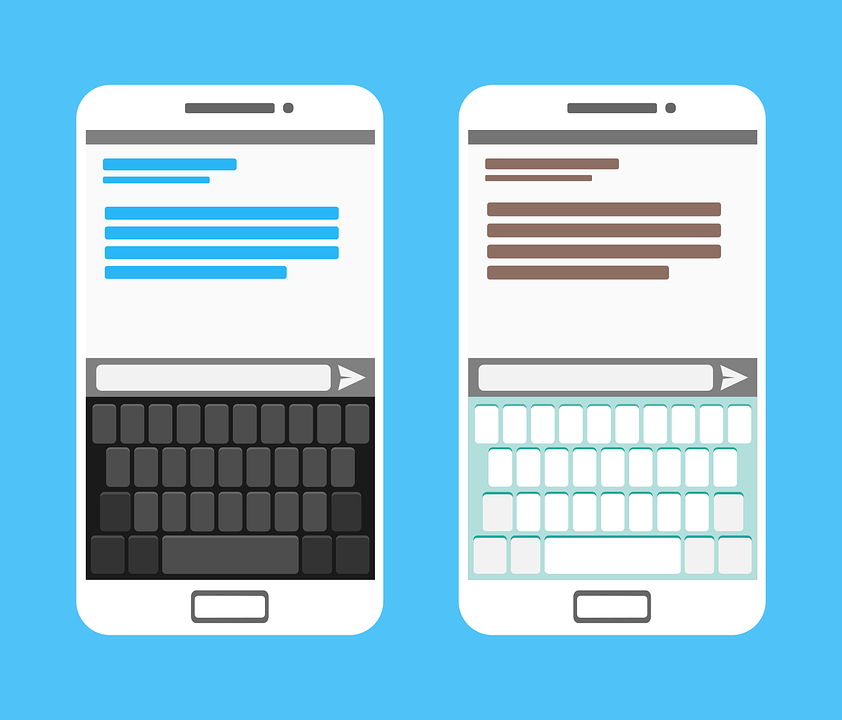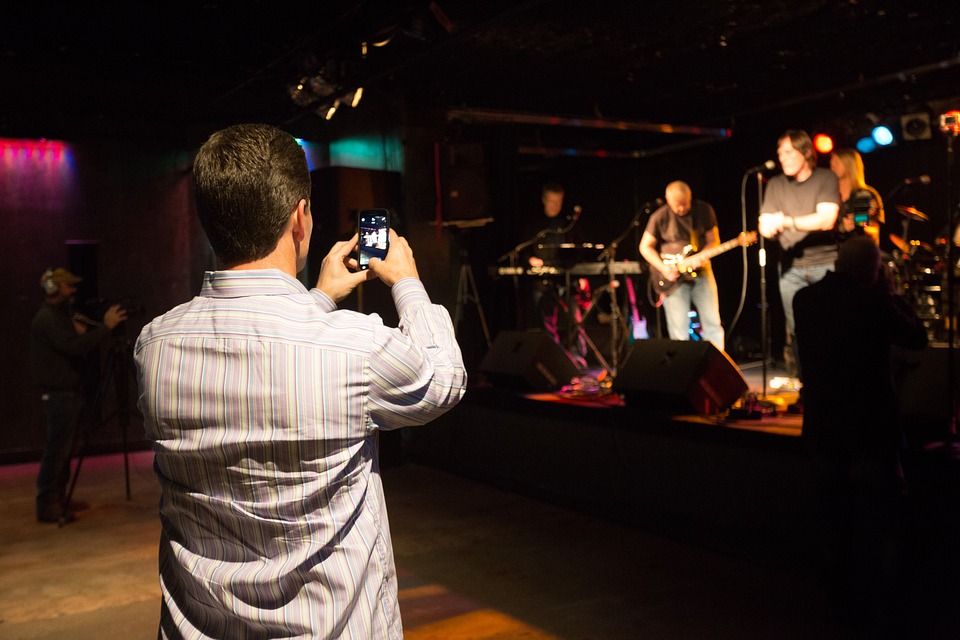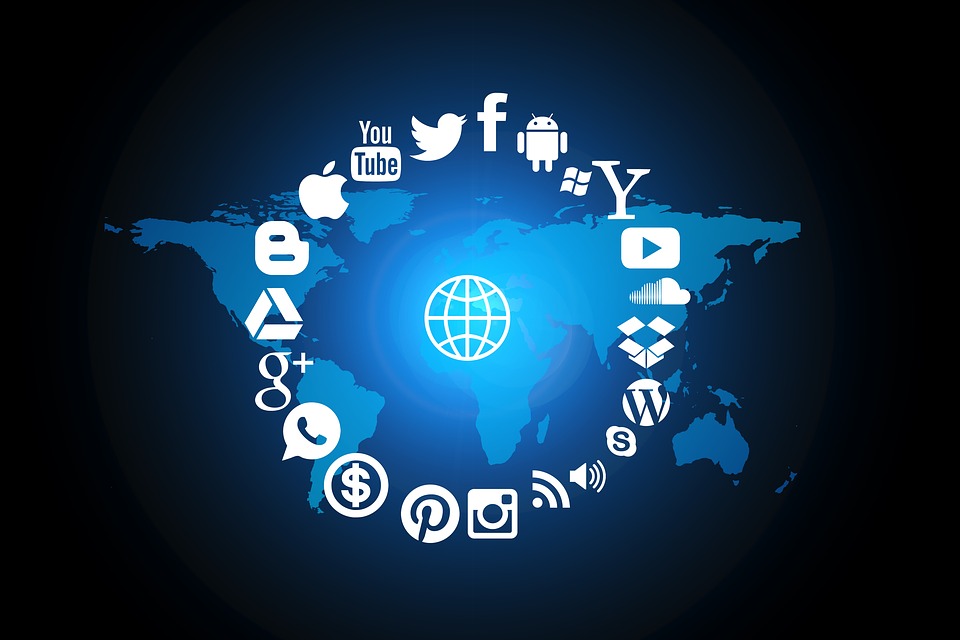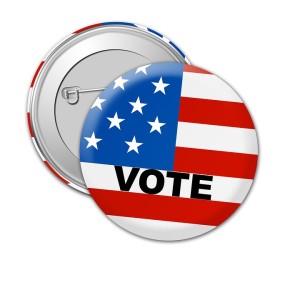Facebook’s Messenger Update Seems Ready to Challenge Snapchat
In Social Media, Social Media News Brief, Social Networking | No comment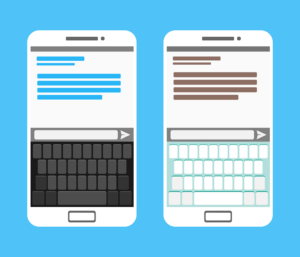
With the new update to Facebook Messenger, users can add masks, effects, stickers, and frames on their photos and videos captured with the in-app camera. To use the new camera features, users just have to open the app and tap the camera button. This will then show you the different types of items that can be used on the photo that you’ll be taking. The new update also makes it so that users can draw on images and add their own text.
Prior to this update, Facebook Messenger did have a camera feature, but this was one that was fairly plain and boring. Facebook has now added a camera that offers all of the frills and editing features that have been proven successful in other platforms like Snapchat. They hope that by adding these items they’ll be able to encourage people to spend more time sharing videos and pictures with each other through Facebook Messenger.
The update represents a part of one of Facebook’s recent goals which is to make Messenger something that exists in real time and is a lot more visual than it has been. This new update also makes it so that Messenger can compete more directly with Snapchat and other applications. Some are already claiming that Facebook’s new messenger update helps to make it better than Snapchat since Facebook’s version allows users to place text and stickers before a picture is even taken, making it easier to line up items in the picture and streamlining the process of creating and sharing these items. This update is definitely one that brings Facebook into a space to compete with Snapchat more easily.


